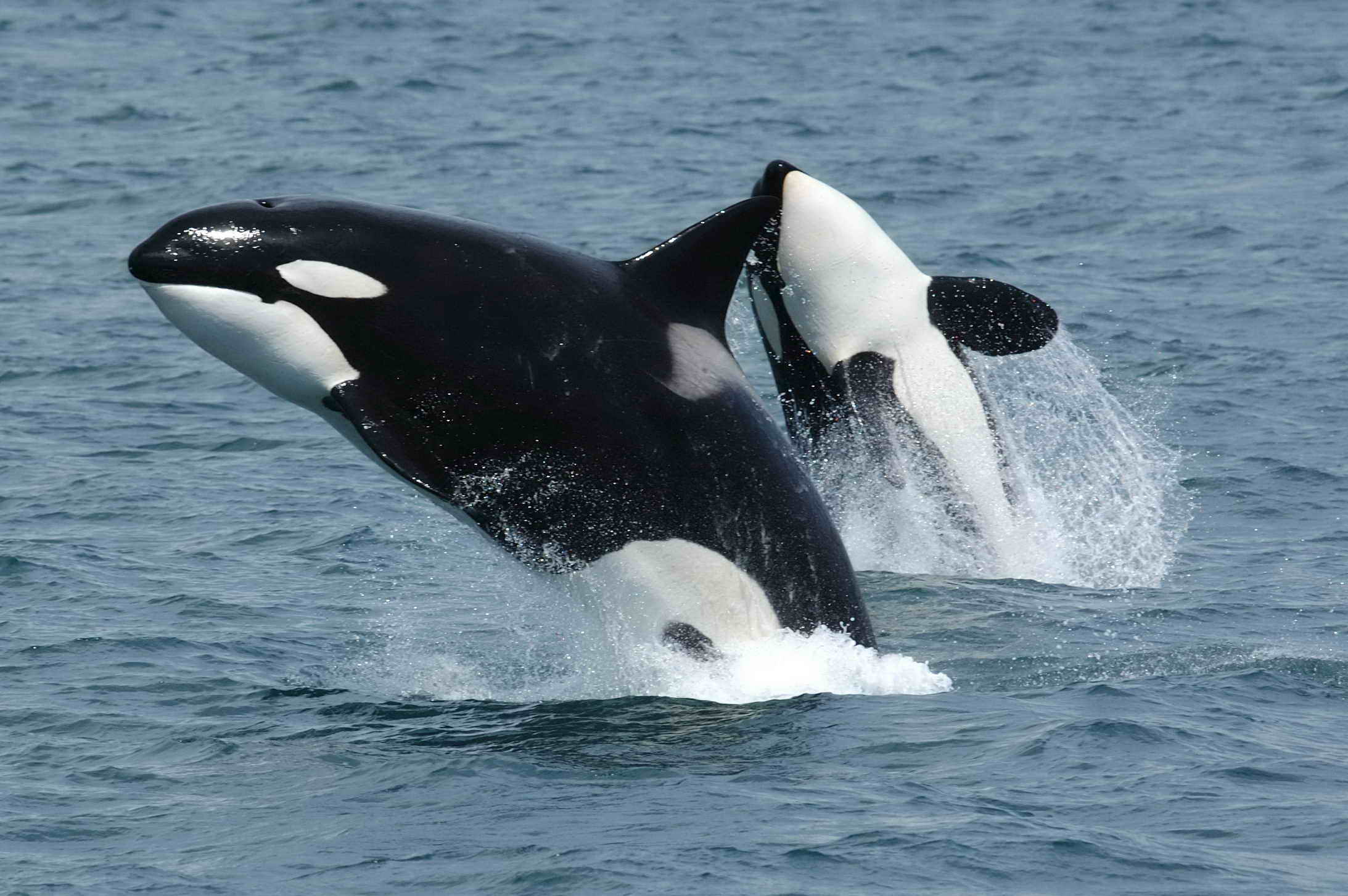Need info on whaling in Denmark? Learn more about the bans on Danish whaling due to what many believe to be gruesome practices…
Since the first Norse settlements were established in the Faroe Islands, whaling has been regularly practiced in this region. Even though it is regulated by the Faroese authorities there is a constant disagreement about it at the International Whaling Commission. This commission seriously doubts the competency for handling small cetaceans and managing them.
Gruesome Denmark Whaling
Every year 950 Long-finned Pilot Whales known as the Globicephala melaena are slaughtered. This activity happens during the summer hunt and is known as the grindadrap in Faroese. It is organized on a community level and is a noncommercial hunt. Participation is open to everyone. The whales are surrounded by hunters in a wide semicircle of boats. These boats gradually guide the whales slowly into the fjord. Once they are trapped here they cannot escape from the bottom of the fjord.
Annual community-based Denmark whaling history
Most of the Faroese community members consider this hunt as an integral part of their history and culture. Of course it is criticized by animal-rights activists. They consider it as a very gruesome and inhumane practice. It is considered an unnecessary hunt and is thought to be exceptionally cruel. The hunters counteract these statements by pointing to the economic significance of this activity. This defense is further substantiated by the different humane catch methods utilized in the hunt.
Highly toxic meat of Denmark Whales
In November 2008 the CMO’s of the Faroe Islands declared the pilot whales unfit for human consumption. This is the result of the toxin levels in the bodies of the whales.
Origins of Danish whaling
As far back as 1200 years ago the bones of pilot whales have been found in excavations of household remains. The meat and blubber were integral parts of the Icelandic diet. The blubber was utilized for food. It was also processed into lighting oil and fuel. The skin was used to make ropes and lines. The stomach was utilized as floats.
The rights of whaling have been regulated and documented since the medieval ages. One of the oldest laws that makes reference to whaling is the Sheep Letter from 1298. It contains the share and right of the people as per the whales which were driven ashore or the ones which was stranded. The earliest record of the hunt for the Faroe Islands dates back to the year 1584.
Elements of Danish Whaling
The pilot whale hunt uses a very sophisticated communication system. This has been in place as far back as the 17th century. As soon as the large school of whales arrives a messenger spreads the word in the island community. There are 17 islands in the Faroe Island community. A bonfire in a specific location is lit to inform the community of the presence of a whaling school. Since the pilot whales move in large schools a very large number of boats and people are required to hunt them. Today technology has replaced the ancient method of communication.





